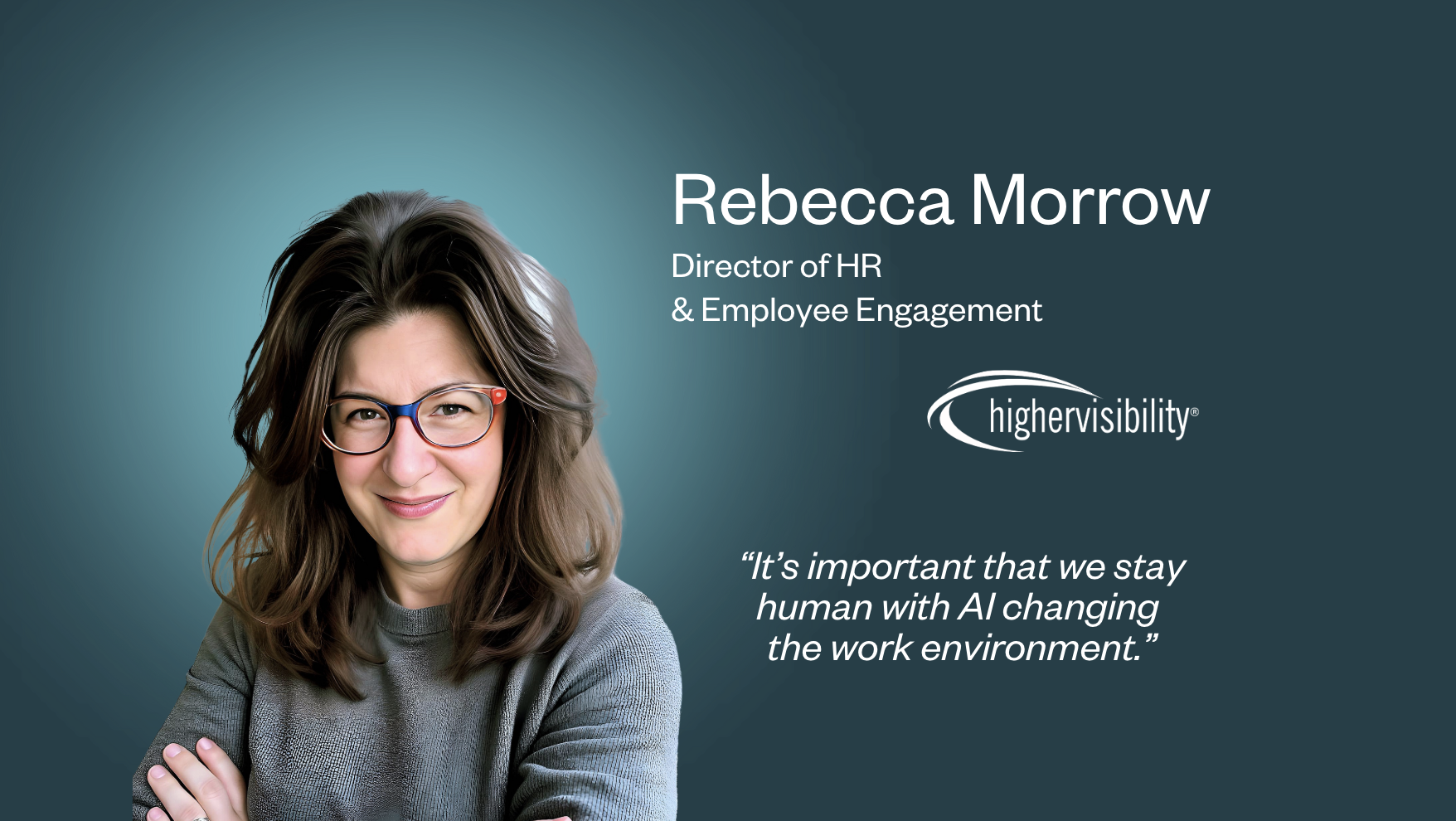Innovation at work is the foundation of a company’s competitive advantage.
Companies that spend time and effort in creating value through more effective products, services or processes are in a better position to adapt to a changing market. Those that are committed to continuously improving and innovating tend to appeal to creative and entrepreneurial employees enabling them to to attract and hold on to their best talent.
Companies can encourage and teach employees how to innovate at work in a variety of ways. Here’s how you can embrace innovation at work:
Flatten the hierarchy
Successful innovation at work requires effective collaboration with leaders and across different teams. These interactions are a catalyst for sharing knowledge and achieving successful breakthroughs. A flat structure allows employees at every level to be empowered to take action and decisions are made faster.
Leverage diversity
Diversity can push employees to be innovative at work. People with different backgrounds and perspectives bring different frames of reference to a problem. This sparks a dynamic exchange of ideas – a prerequisite for innovation which thrives when you hire for diversity and commit to building an inclusive environment where everyone has a voice.
Create time and space for innovation
Be intentional in giving people the space and time to work on innovative ideas. Physical and virtual spaces that provide people with the necessary resources to collaborate will also really help. Companies should also give employees designated time to innovate. Google follows the 70-20-10 model of innovation. Employees spend 70% of their time in day-to-day work, 20% of their time on work improvements and 10% of their time on experiments and innovative projects. By formally freeing up chunks of time for experimentation, employees are encouraged to think of innovative ideas.
Nurture psychological safety
Studies have shown that a psychologically safe environment allows team members to take calculated risks, speak their minds, and be creative – leading to breakthrough ideas. To cultivate a psychologically safe space for teams, team managers should normalise being vulnerable. When managers are open about their own setbacks and learnings, team members can feel more free and safe to experiment, fail, and try again.
Embrace experimentation
Innovation is a trial and error process. Companies that empower their employees to experiment and take risks are in a better position to learn and innovate. One way of doing this can be by dedicating a few days every quarter to experimentation and innovation at work. Companies can put together teams of people with different expertise who work together towards specific goals and cross-pollinate ideas.
Create constraints
This might sound counterintuitive but it can help! Research shows that constraints can in fact improve innovation at work by motivating people and helping them focus. On the other hand, little to no constraints breed complacency and hinder innovation. There are many ways companies and managers can create constraints that lead to innovation. For example, they could cap resources or provide product or service guidelines.
By creating a space where employees can put across their diverse points of view, experiment, learn from failure and are empowered to take actions, companies can really make a difference to their innovation programs within their work environment.












